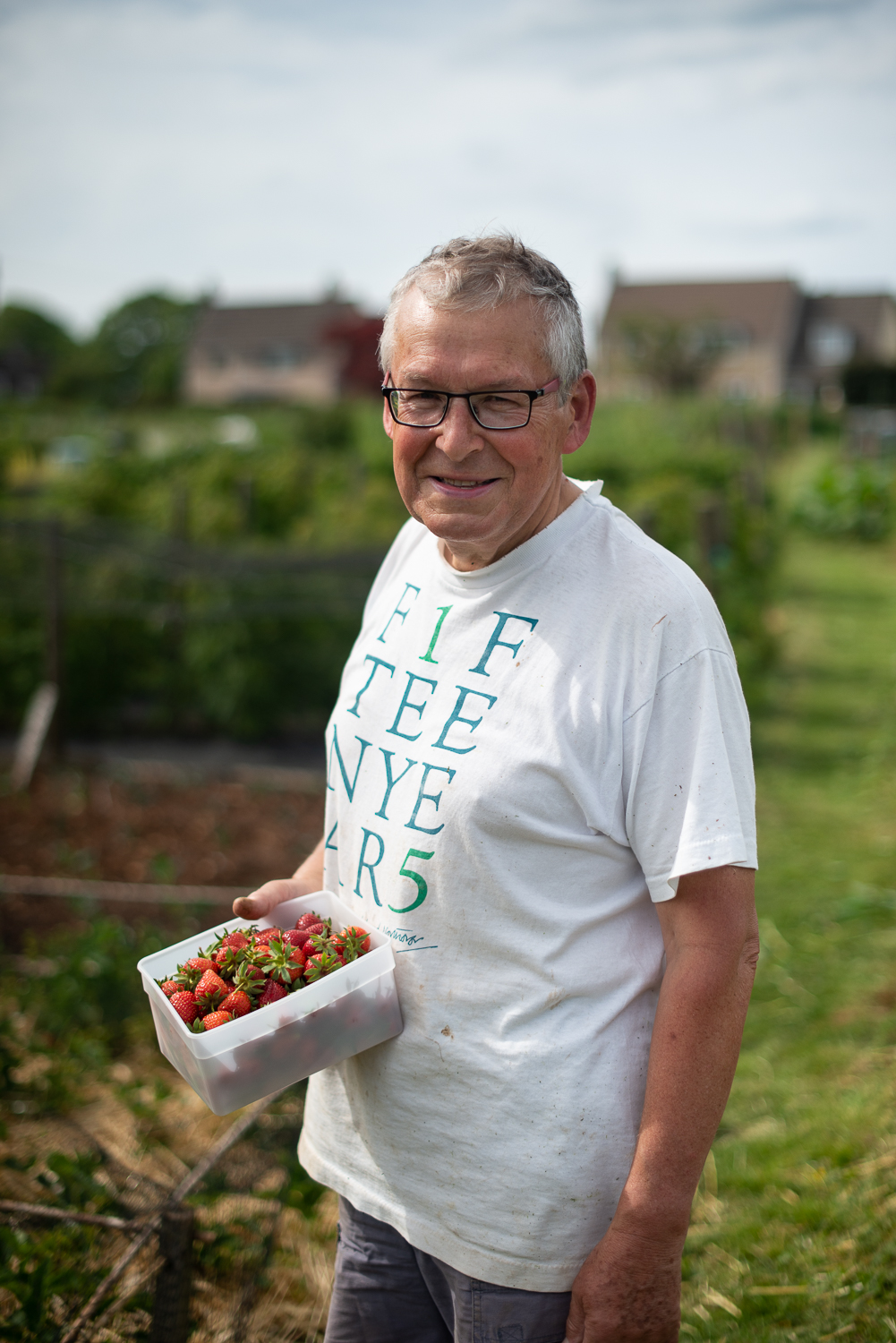Reflecting on my journey through Identity and Place I took a tour back through all of the work that I have produced, and then took the time to reflect on my work, my working practices, and how they have evolved over the course, and why.
Before starting, it would be true to say that I was not practised at photographing people, reading Assignment 1 before choosing to do this course nearly put me off doing it at all. During the course I have photographed: complete strangers using a typography approach, the Italian tourism community in a street photography style, I have opened a window into my family and the hamlet in which I live during COVID-19 lockdown, I have delved deeper into self-portraiture also in lockdown, and finally finished with an investigation into place and how we interact with it, again during COVID-19.
Figure 1 – A selected image from each assignment
I am pleased with the outcome and particularly, post this reflection, I have realised that whilst COVID has definitely changed what I might have produced as a body of work, I think it has meant that I have had to think deeper in order to create the work.
My key reflections over and above Learning Outcomes
I have learnt the importance of research and how it can inform my working practices. This is true even when the subject matter of the photographer being researched is not necessarily the same as one’s own. For example, when researching Crewdson, I saw how far he goes to create his scenes in order to create realism; this helped me understand the need for technical excellence, driving a noticeable change in my images going forwards. The general learning point is reflected in my learning log which now has its own research section to reflect its applicability to all work, not just the exercise that triggered the specific piece of research. It was research into Keith Arrnatt and Lee Friedlander, that led to my submission for Assignment 5, probably my best assignment and which contains images including Fig 2. Further research then helped me create a physical book for the assignment.

I have learnt how the art of photographing people, whatever the genre or approach (except perhaps street photography) is vastly improved by getting to know the subject first. Right from assignment 1, which required me to approach total strangers and talk to them before taking the picture, the result is visible in the outcome, and even more clearly illustrated by comparing Assignment 1 with Assignment 2, the only assignment where I did not do this. I still feel the ‘italian energy’ when I look at Assignment 2 but it is clear that the connection with the subjects is different to that shown in Assignment 1.

Assignment 1 – Steve, Eastocombe Allotment, 2019 
Assignment 2 – Cristina, Vignamaggio Vinyard, Greve in Chianti, Italy. July 2019
I have learnt about my own voice, what interests me, how I enjoy expressing things, and what types of historical work I can use to explore my interests further. I enjoy inserting a touch of humour into my images, this could be self-effacing like these two images or, it could be a juxtaposition that is created between two objects (see next learning). I enjoy this even more if the humour or satire is used to make a point about society or our surroundings, as Arnatt did with his Area of Outstanding Natural Beauty series, another example of research informing my practice.
I have learnt about juxtaposition and how images can deliver something more than the individual components if captured in a particular way. I particularly learnt about this from Friedlander, and from Shore’s book on the Nature of Photographs (Shore, 2007). This learning has led me to create images such as the two below in Figure 5.
Lastly, I learnt about presentation of one’s work. Assignments 4 and 5 show this to good effect. In Assignment 4, I created the single image shown in Fig. 6 which incorporates an edging that echoes the colours used by the government to urge people to ‘Stay at Home’, the words that inspired the assignment.

Finally, Assignment 5 shows an entirely different approach in which I created a book. I had to learn the mechanics of creating the physical form but also I learnt a lot about how different approaches to presentation can affect the editing process – and therefore how important it is to have an idea of presentation before starting, maybe even before capturing the images.

Assignment 5 is best viewed in physical book form, but digitally in 2-page spread, and can be downloaded below.
Overall I think this is a significant set of learnings and body of work and I am looking forward to applying them when I progress onto Level 2 and my next course.
Bibliography
Shore, S., 2007. The Nature Of Photographs. London: Phaidon.








